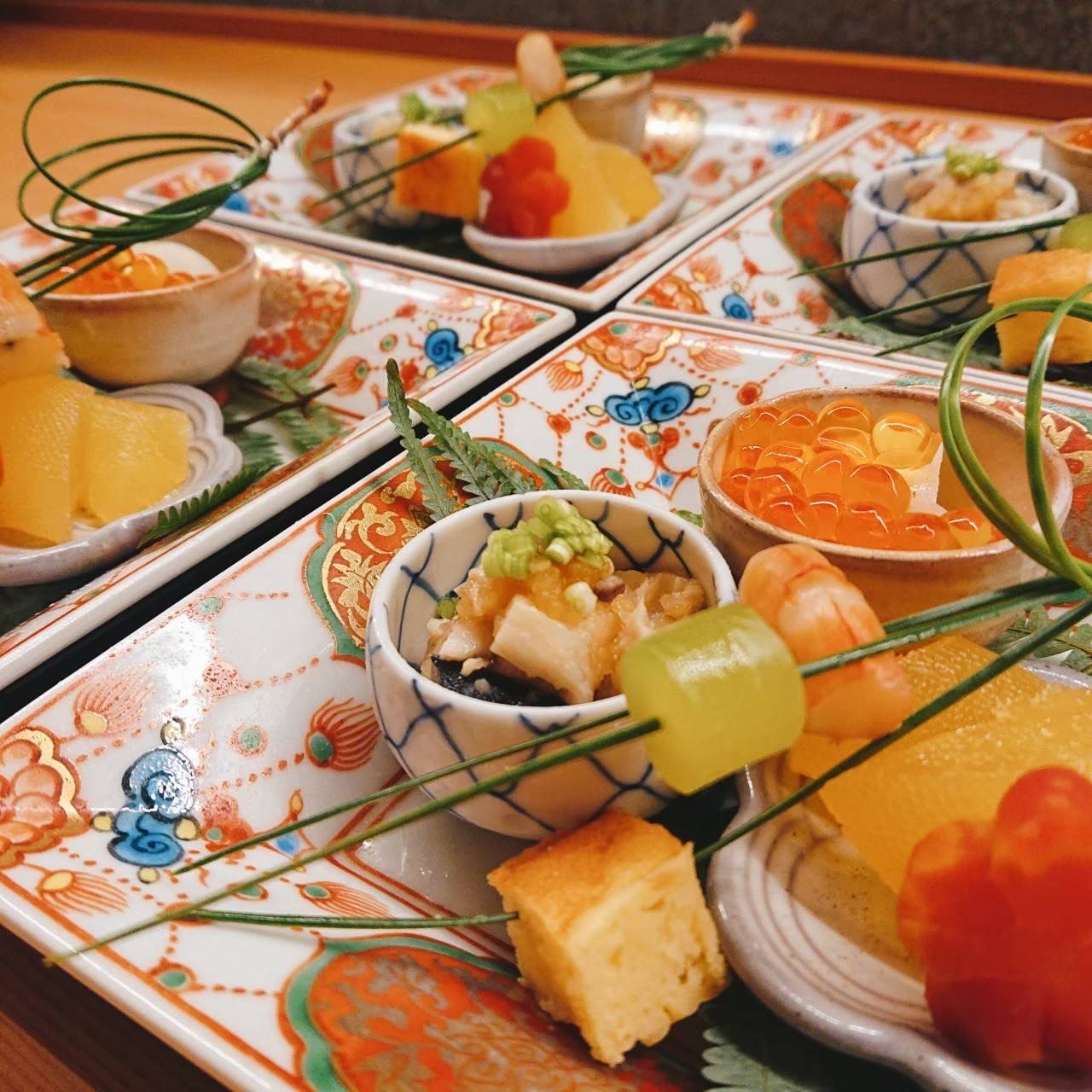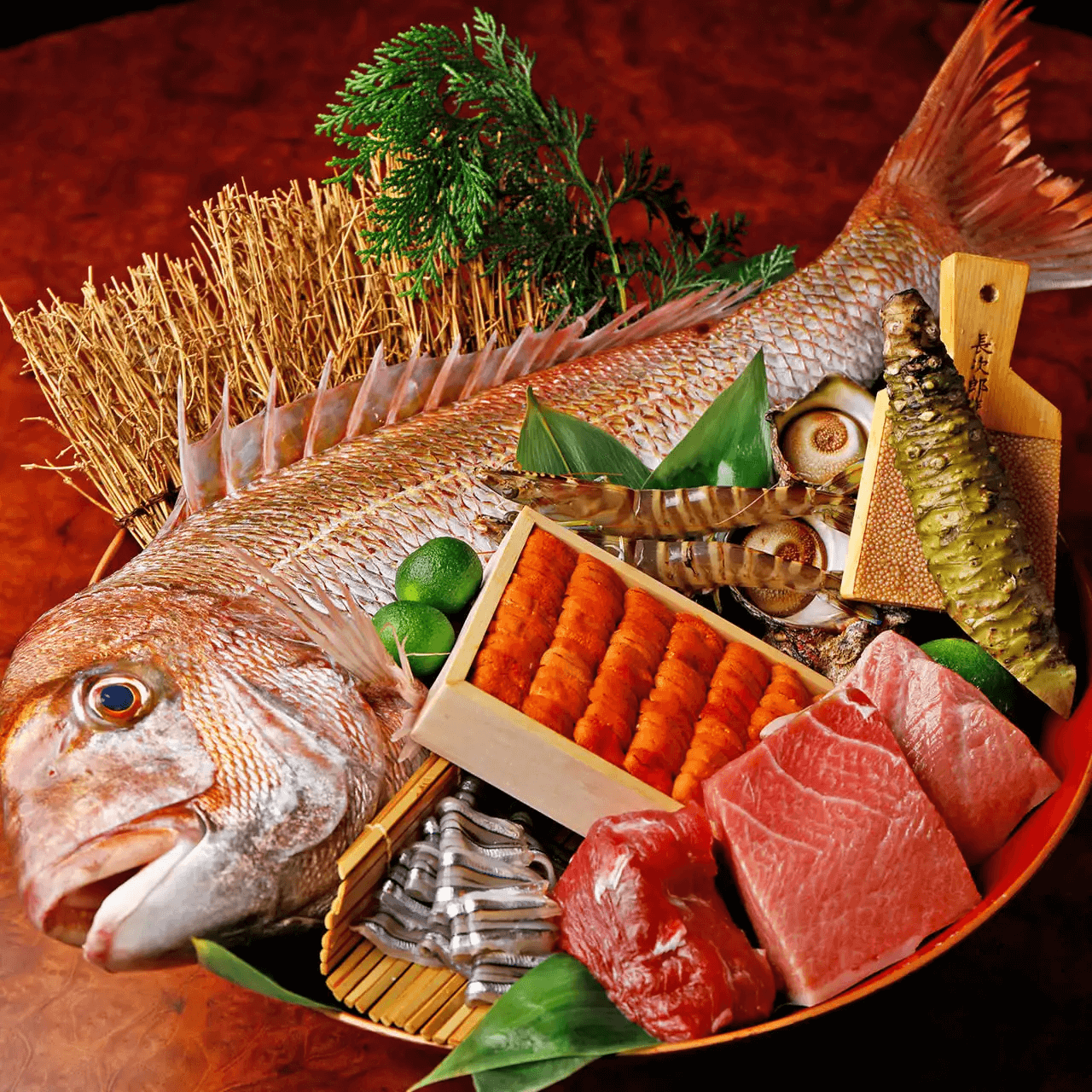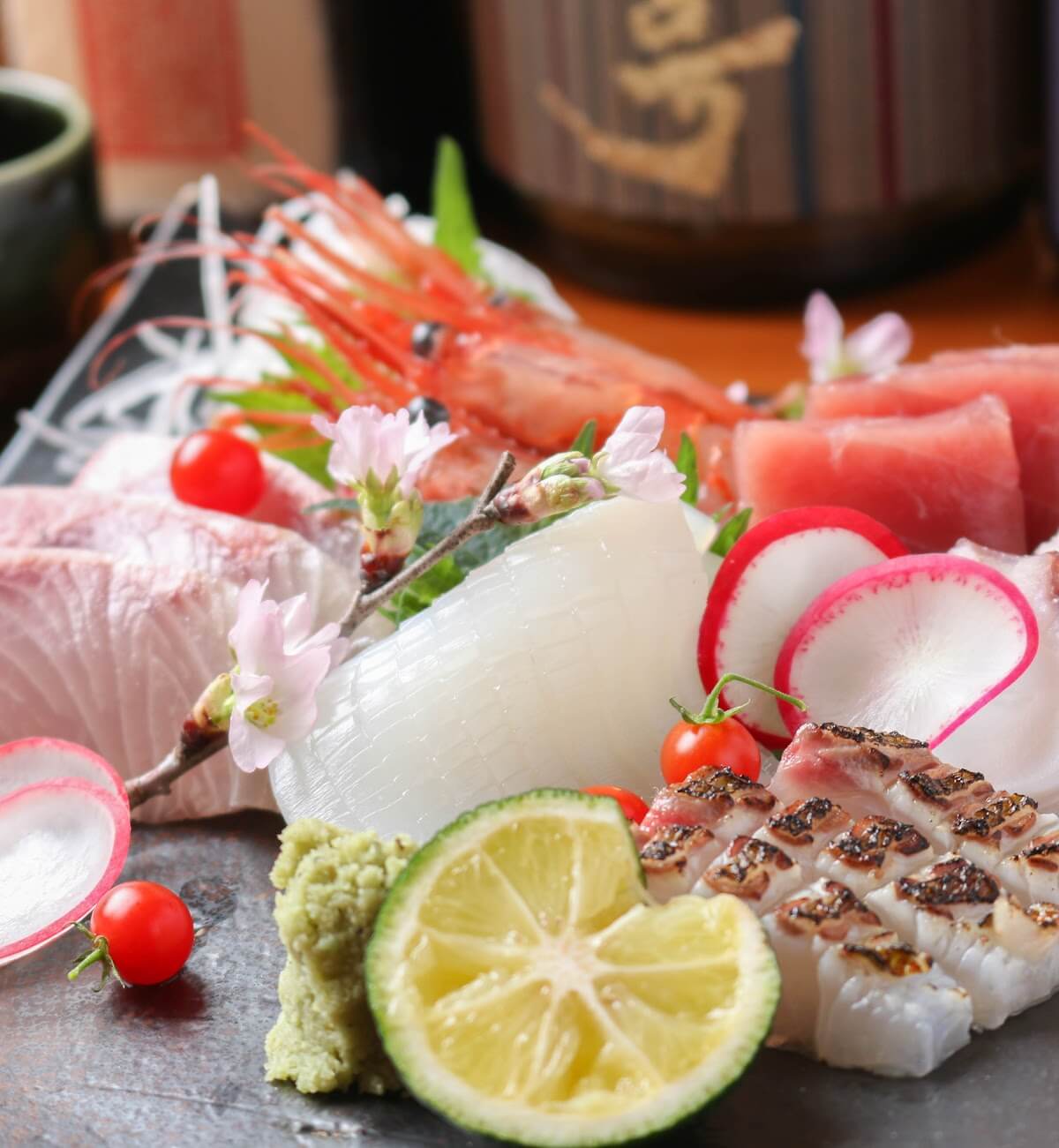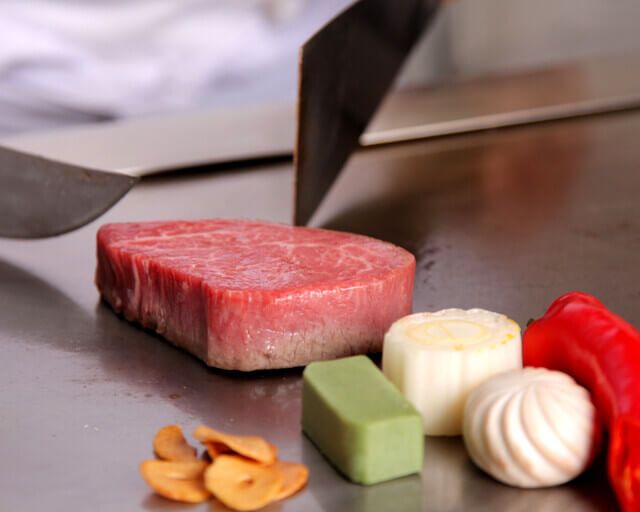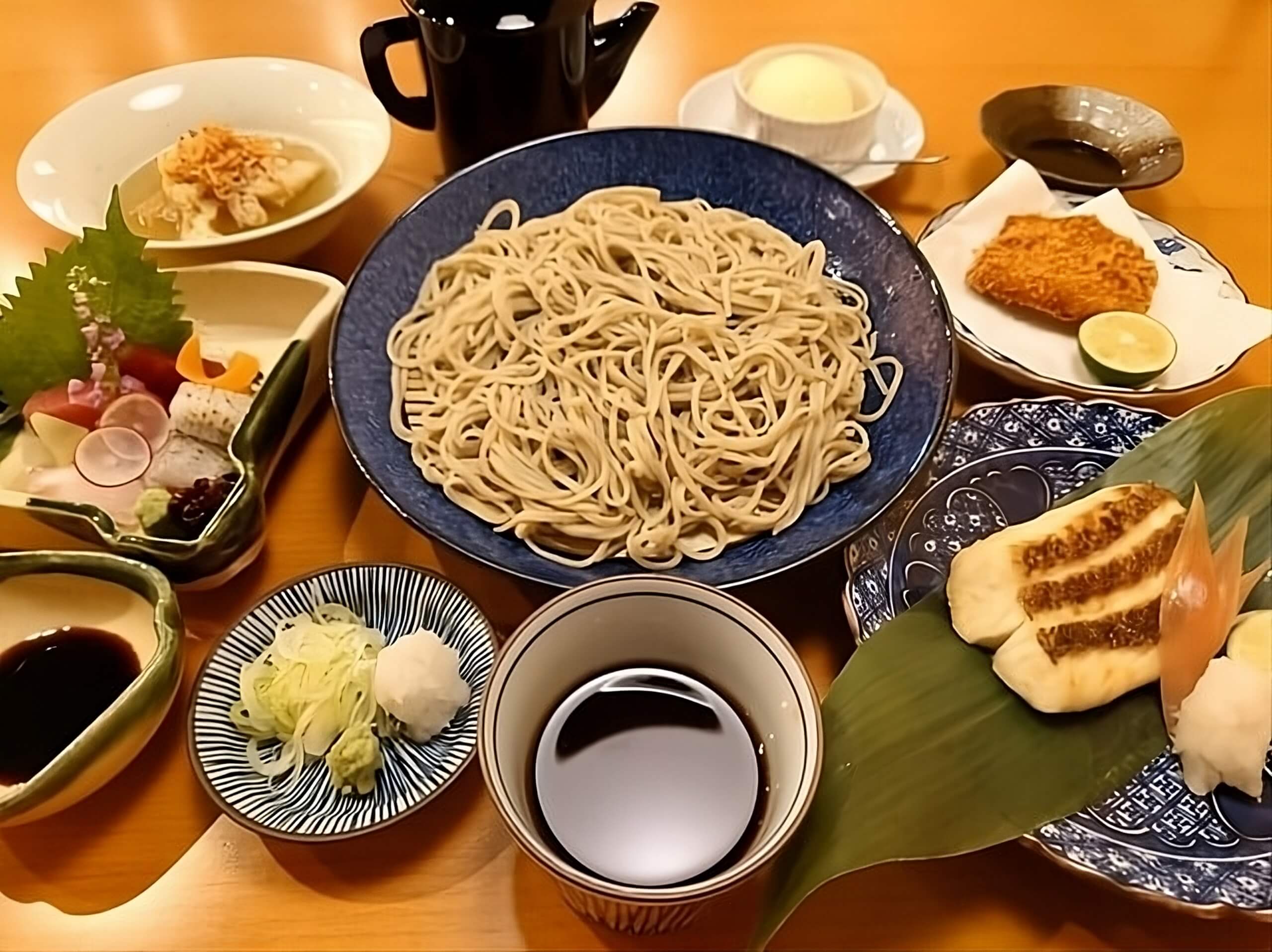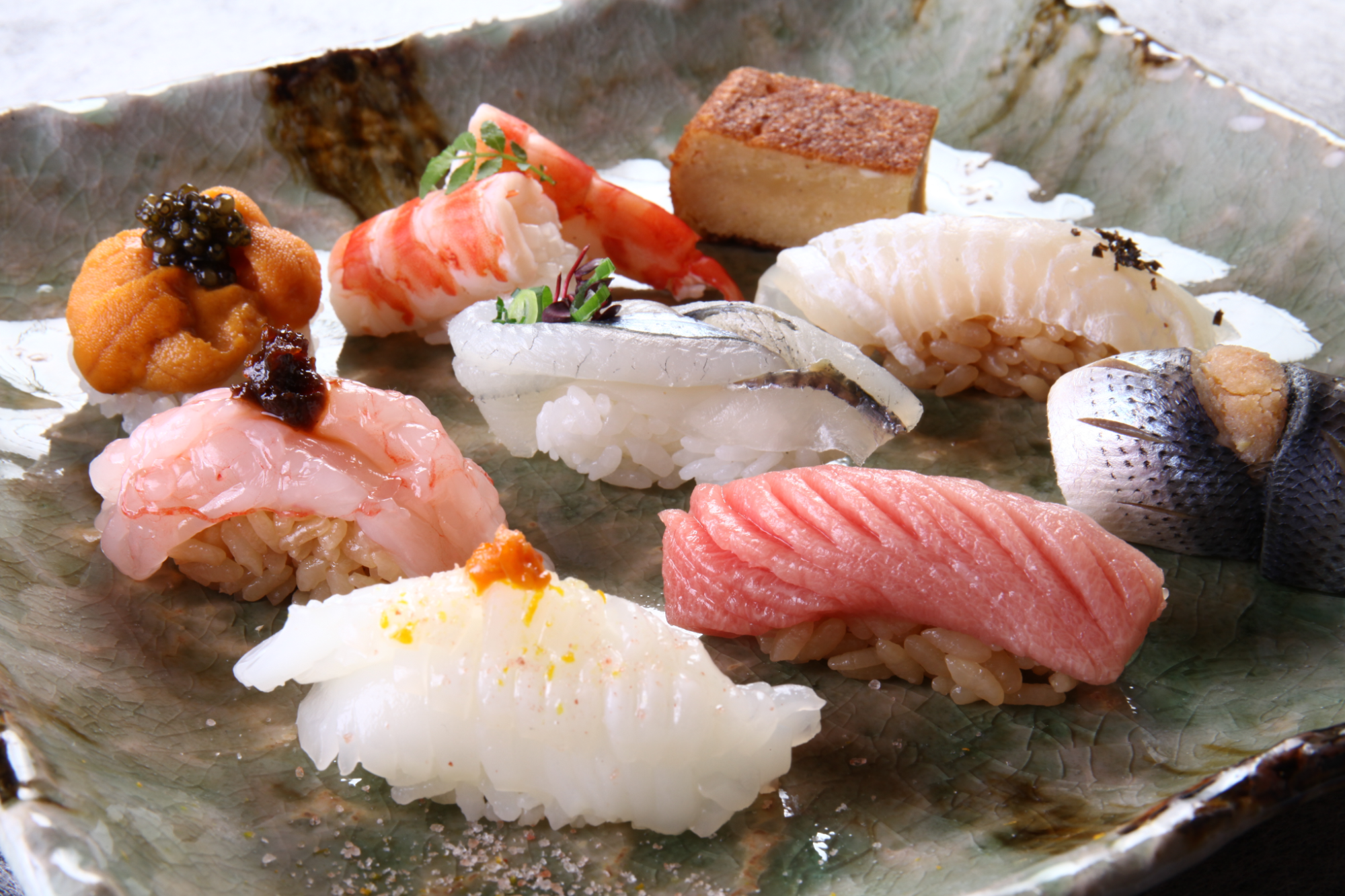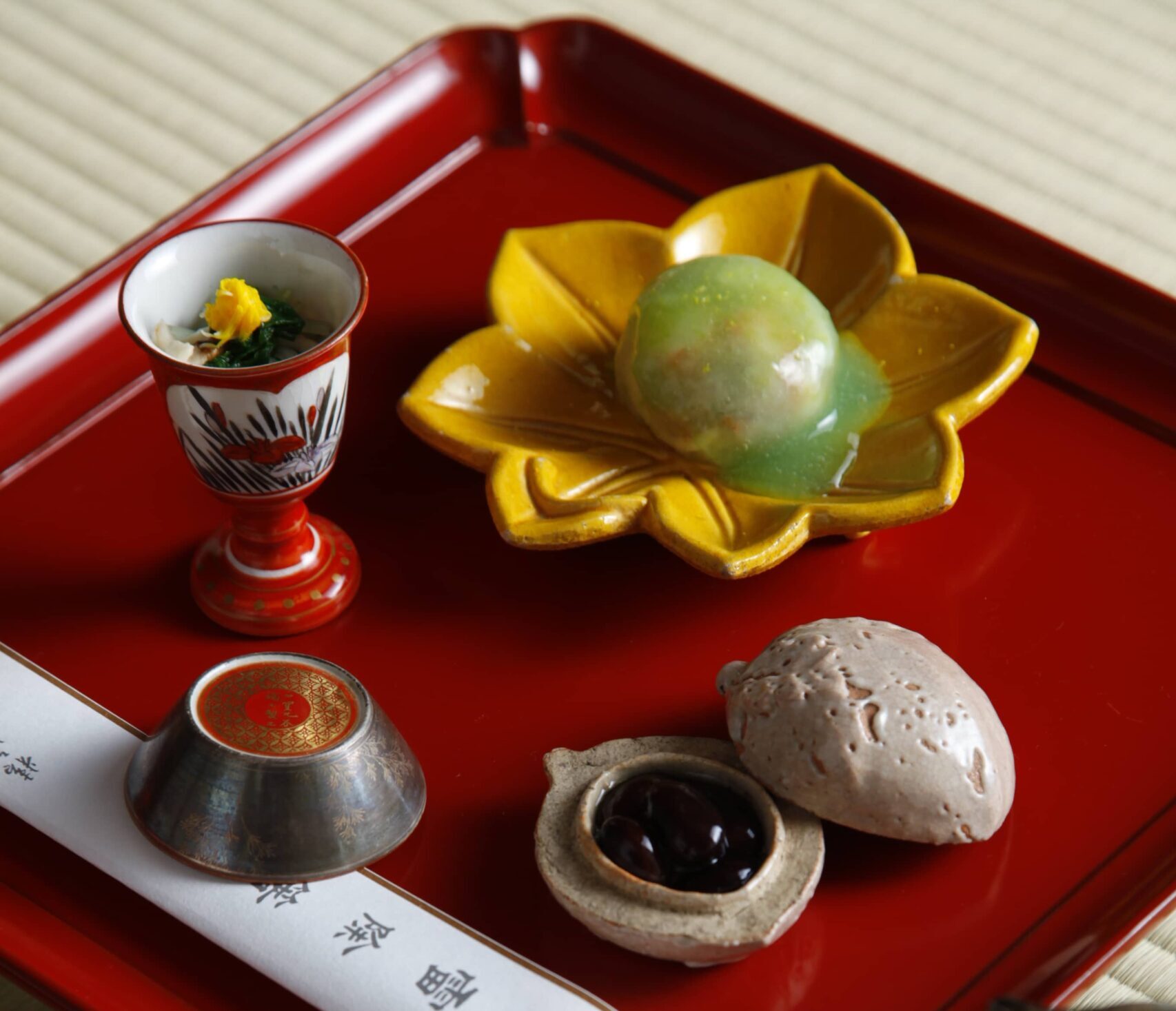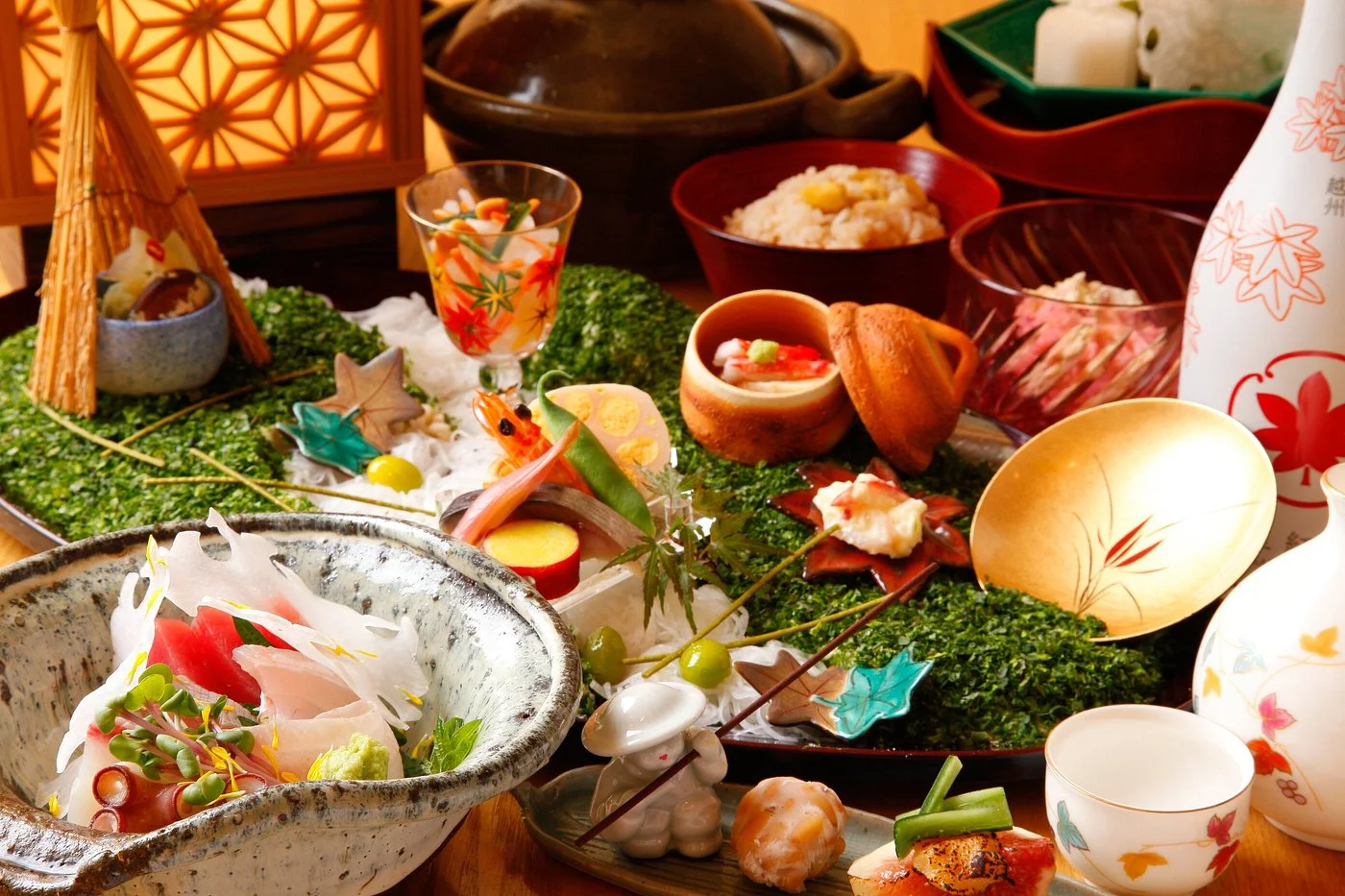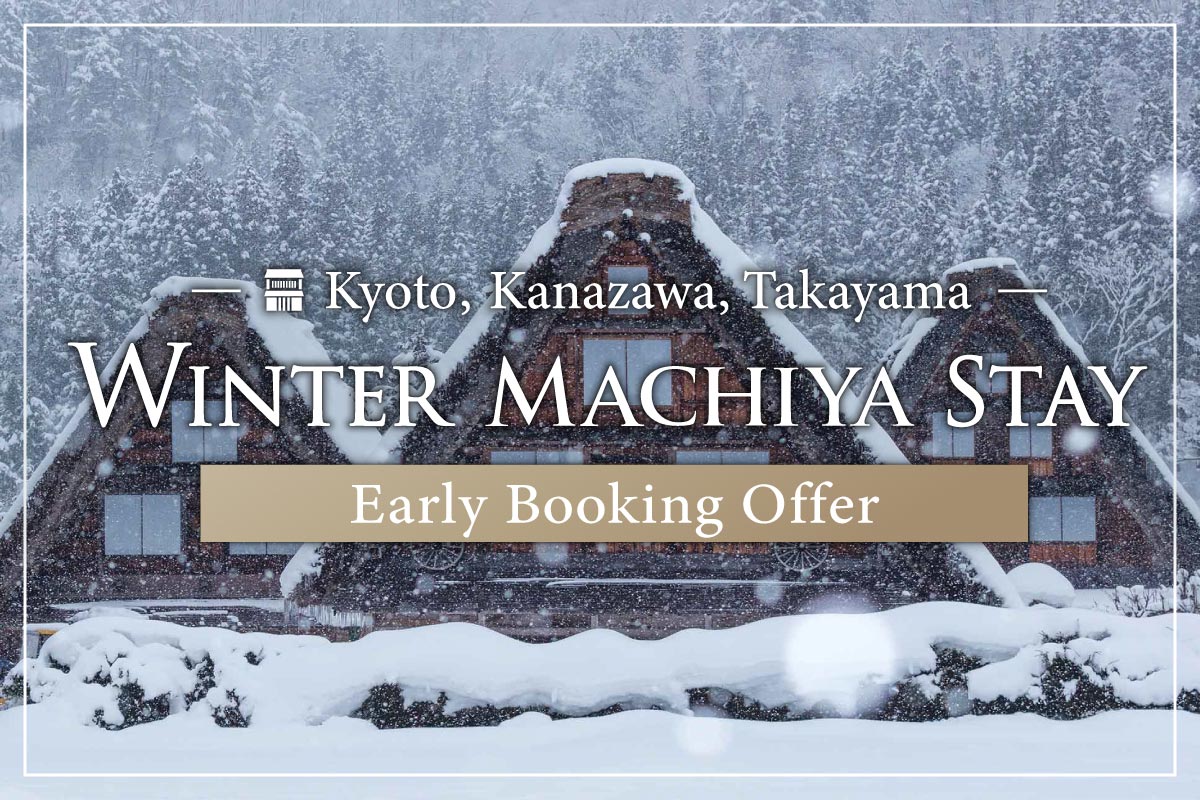Breakout hits like Hulu’s historical drama Shogun have sparked fresh interest in Japan’s legendary samurai warriors. But what’s the difference between a samurai and a shogun? How did these warriors shape Japan’s beloved tea ceremony culture? And most importantly for travelers, where can you experience authentic samurai history during your visit to Japan?
Japan has many places where you can experience real samurai history up close. From the well-preserved Kanazawa Samurai District to historic sites in Kagoshima where famous samurai battles took place, these locations give you a real taste of warrior culture.
If you want to add some history to your travel plans, visiting these samurai sites will give you a deeper understanding of Japanese culture.
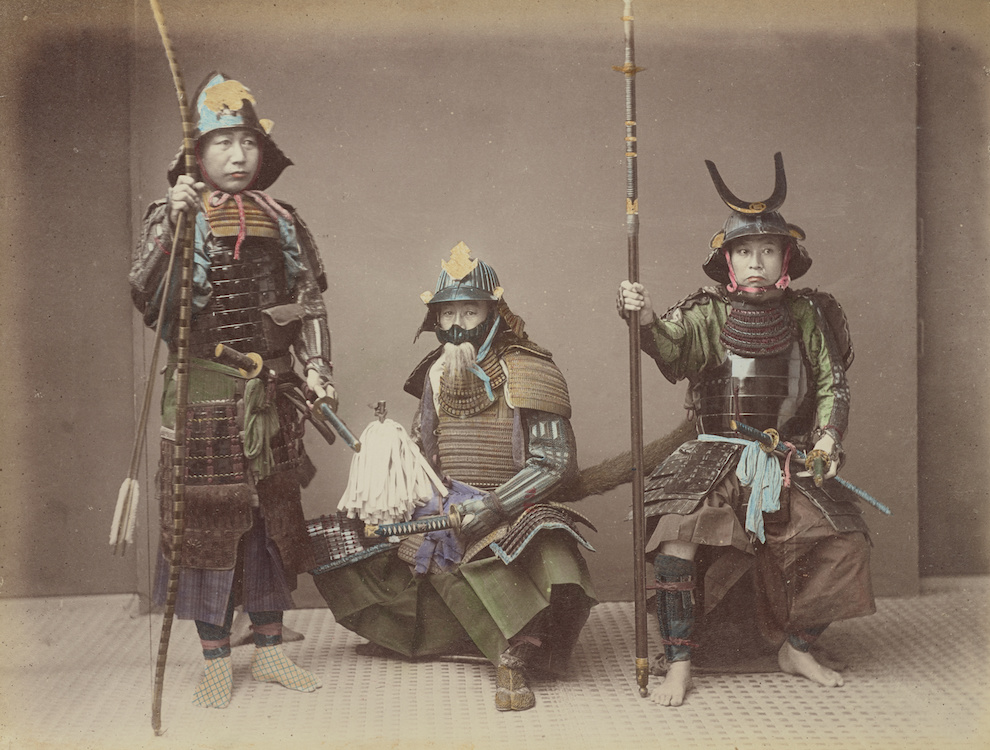
The difference between a shogun and samurai is their rank and duties. Shogun were the military rulers of Japan during the feudal era. Samurai were high-ranking warriors who served nobles and the shogun as military leaders, warriors, governors, and tax collectors!
Samurai played key roles in Japan’s social and political changes as far back as the 1100s. The role of the iconic samurai warriors changed over the years, but they were most prominent under the shogun’s rule. The name “samurai” comes from the Japanese word “saburau,” which means “to serve someone.”
The shogun was the leader of Japan’s military government, the shogunate, from 1185-1867. Originally, shogun was simply a title given to commanders in Japan’s military. This changed in 1185 when a coup seized power from the emperor. The leader of the rebellion, Minamoto Yoritomo, legally solidified his new position as the first shogun ruler in 1192.

Samurai were Japan’s elite warrior class during the feudal era, known for their strict honor code. The first shogun of Japan, Yoritomo Minamoto, was actually from a prominent samurai family.
After Minamoto took power, samurai in Japan were guaranteed rights to their ancestral lands in exchange for their loyalty. Many samurai became local lords who made a living employing farmers and collecting taxes. However, when war broke out, they were required by honor to leave their comfortable lives behind to defend the shogunate, even if it meant death.
Eventually, Japan had two classes of warriors: regular soldiers, and samurai. Samurai were the elite warriors who served the nobility and the shogun.
Fun Fact: Did you know that the samurai social class was abolished as recently as the 1870s? We often think of samurai as ancient figures, but samurai were still around to see the invention of the telephone and electric light bulb.
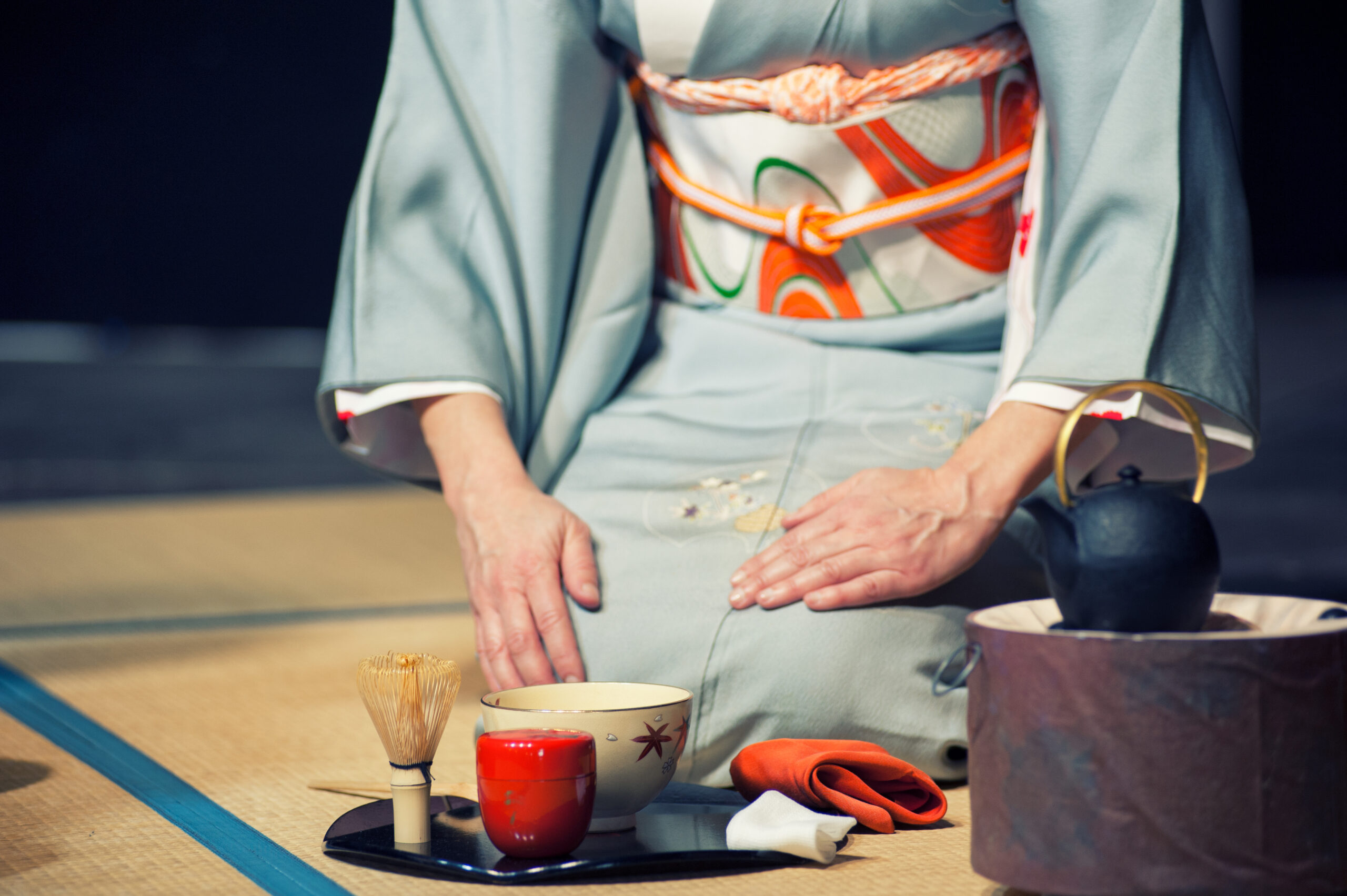
Surprisingly, it was during the Warring States period (1467-1615) that the traditional Japanese tea ceremony became popular. We think of tea as a calm, soothing drink, but samurai actually used tea for zen training because the caffeine helped them stay alert! Japanese monks drank tea to fight their desire for sleep, and samurai used it in a similar way for mental discipline.
Samurai lord Nobunaga Oda (1534-1582) used tea politically. He required defeated enemies to present him with special tea utensils as a sign of surrender. Many knew Nobunaga as a collector of unique and rare tea utensils.
Shogun Toyotomi Hideyoshi (1537-1598) was also a tea aficionado. He even hired a court tea master named Sen no Rikyu, who created the modern tea ceremony we know today. However, Toyotomi’s growing love for luxury conflicted with Rikyu’s ideas about simplicity. Their clash ended sadly with Rikyu’s forced death. Rikyu’s influence lives on through the Japanese tea ceremony and the tea schools founded by his descendants.
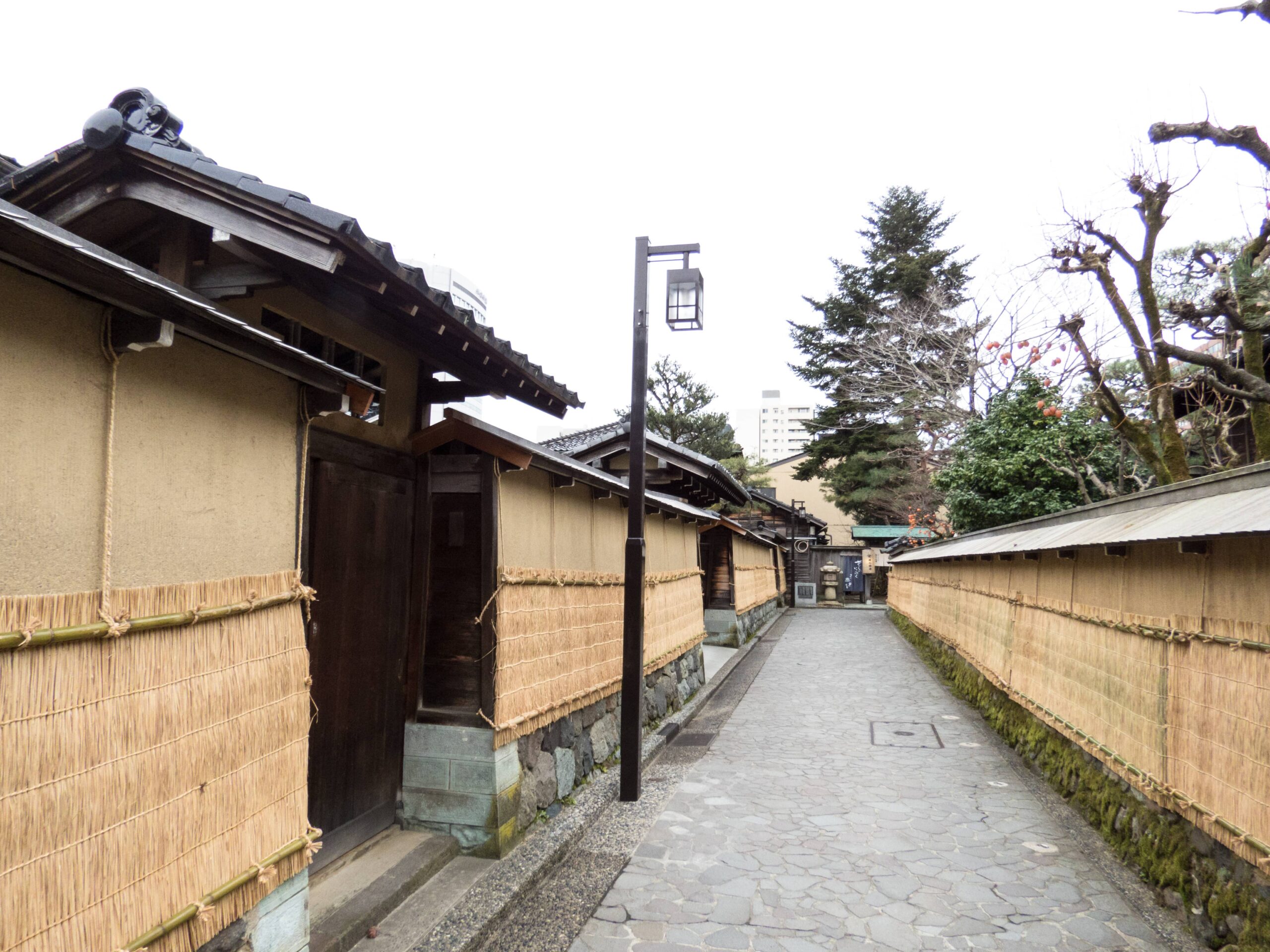
The Nagamachi District in Kanazawa City, Japan is one of the best places to get the real samurai experience. Located southwest of Kanazawa Castle, this historic district features well-preserved traditional townhouses that once housed the city’s samurai families. The winding, stone-paved streets feel like stepping back into Edo-era Japan. Some of the earthen walls are over 100 years old!
We recommend visiting the Nomura Samurai Residence, a home built in the late 1500s for a high-ranking samurai. The traditional Japanese house features raised tatami floors, intricate wood carpentry, and a beautiful Japanese garden. Tours are also available.
If you want to experience an authentic tea ceremony during your visit to Kanazawa, consider this unique Japanese tea ceremony experience. Book a stay in a traditional machiya house (the same type of residence once home to samurai families) and have a local tea master come to your accommodation to teach you the traditional ways of Kanazawa tea ceremony. Learn the disciplined rituals that samurai warriors once practiced, and embody the same spirit of mindfulness and precision that defined their code of honor! This is an exclusive experience only offered to guests who stay at MACHIYA RESIDENCE INN Kanazawa.
For more information, take a look at the Private Japanese Tea Ceremony page.
Castle towns, known as “jokamachi (城下町)” in Japanese were the heart of Japanese society from the Sengoku period to the Edo period. Many of Japan’s major cities today started as castle towns.
These towns developed around castles where feudal lords lived. Samurai residences were built close to the castles and merchant districts, while artisan quarters and temple areas were located outside the castle walls. The castle served as both a military fortress and center of local government, while the surrounding town supported the samurai families.
Himeji Castle is the largest and most-visited castle in Japan. It started as a simple fort and was rebuilt into a castle by Akamatsu Norimura, a samurai and feudal lord. The graceful, white castle has survived two world wars and even the 1995 Great Hanshin earthquake. Himeji Castle was one of the first UNESCO World Heritage Sites in Japan.
Kanazawa’s Nagamachi samurai district sits at the foot of Kanazawa Castle. Originally built in 1583, it served as the home of the powerful Maeda samurai family until 1869.
While many original structures of the castle were destroyed by fires over the years, the castle has been carefully restored since 1996. Today it features Edo-era architecture, a moat, and beautiful gardens.
Unlike the white Himeji Castle, Matsumoto Castle is black with white accents and creates a striking silhouette against the sky. Construction began in 1592, and the castle is surrounded by a moat filled with swans and koi fish.
Inside, steep wooden steps lead to displays of weapons and armor from the Warring States period. The castle’s design shows it was built as a defensive stronghold during a time of conflict.
Japan’s samurai culture offers much more than sword fighting and honor codes. From the peaceful tea ceremonies that helped warriors find mental discipline to the preserved castle towns, you can walk the same streets as they once did.
Whether you’re exploring the winding paths of Kanazawa’s samurai district, climbing the steep steps of Matsumoto Castle, or participating in a traditional tea ceremony, you’ll gain a deeper understanding of how samurai culture shaped modern Japan. Start planning your samurai journey and discover the warrior spirit that still echoes throughout Japan!
Looking for the perfect place to stay during your trip to Japan? MACHIYA INNS & HOTELS offers a collection of beautifully renovated traditional Japanese accommodations in Kyoto, Kanazawa, and Takayama. Each property combines the charm of historic machiya architecture with modern amenities, providing an authentic and comfortable experience.
Choose from private holiday house rentals or boutique hotel rooms, each thoughtfully designed to preserve the unique character of traditional Japanese design while meeting the needs of today’s travelers. Whether you’re exploring ancient temples in Kyoto, sampling fresh seafood in Kanazawa, or wandering the quaint streets of Takayama, our accommodations provide the perfect home base for your adventures.
Discover your ideal stay and start planning your unforgettable journey to Japan. Visit the MACHIYA INNS & HOTELS official website to learn more and book your stay today!
Make your trip a truly local experience, and go where the locals go. If you're wondering where the locals go to eat when hanging out with family, celebrating with friends, stopping by for an after work drink... look no further.
Machiya Locals Website